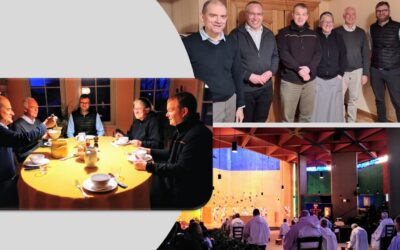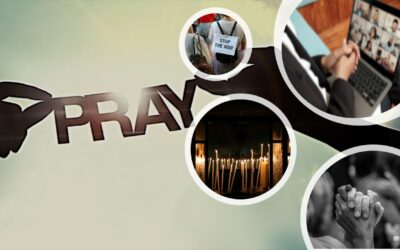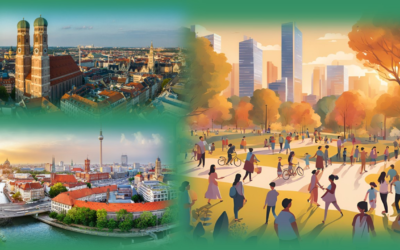Augsburg’s history spans more than 2000 years; in fact it was founded as a Roman military encampment in 15 B.C.. Christianity was introduced by the Romans, which means that it was present since its very beginnings.
Confessio Augustana
In the XVI century, Augsburg became an important place of the Reformation because that was where Martin Luther and the Pope’s envoy, Cardinal Cajetano, met. That meeting resulted in the breakaway from the Church of Rome.
With the Imperial Diets, Augsburg became one of the most important cities of the Sacred Roman Empire. In 1530, the German Princes presented the Emperor with the confessio augustana, which formed the foundation of the Lutheran doctrine. This ‘Confession of Augsburg’, which was written by Philip Melantone, may be considered as an attempt to rebuild the broken religious unity.
Religious peace of Augsburg
10 years later, Augsburg became a city blessed with religious peace: the Diet of 1555 decreed the ‘Peace of Augsburg”, which aimed at regulating, from a political point of view, the peaceful and equal co-existence of the two Denominations. All the official roles were fairly distributed between the Confessions. This gave protection to the Denominations that were a minority. Albeit it took more than a 100 years to achieve equality and peace (with the terrible ‘Thirty Years War’ till the ‘Westphalia Peace’ of 1648), the ‘Peace of Augsburg’ was the first decisive step toward religious tolerance.
Feast of the Peace
On August 8, 1650, Augsburg celebrated for the first time the Great Feast of the Peace, which originally was a feast of the Protestant Christians as thanksgiving for the fact that, after a long struggle, they could take back their churches and could once again conduct their worship in them. This Feast is still being celebrated; for many decades it had become a Feast of the Peace of the entire city. The political leaders, the faithful of the diverse Churches and the citizens of this famous city celebrate all together in an ecumenical solidarity that goes beyond the boundaries of the Confessions. Today, on the eve of the Great Feast of the peace, the ‘Panel of the Religions’ organizes a multi-religious prayer meeting for peace. Since 1950, August 8 has been declared a holiday for all the citizens of Augsburg.
Brigitte Pischner e Margarete Hovestadt





0 Comments